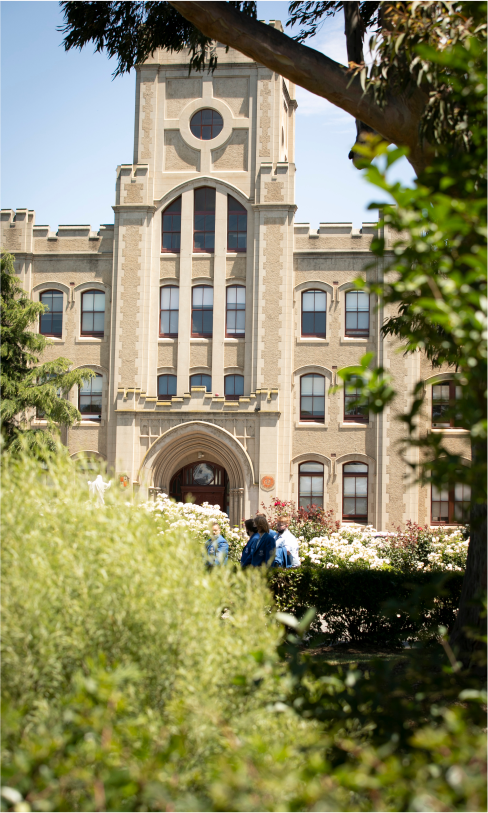Cybersafety Part 6: Cyberbullying
Dear parents/guardians, if you are aware of your child’s online activities and you provide guidance as they navigate their online world, studies have shown that your child is far less likely to be involved in risky online behaviour.
Note this: The Internet offers us powerful search, sharing and collaborating opportunities, but also bestows on us an enormous responsibility.
In this edition we’ll be looking at Cyberbullying, focussing on two aspects.
Aspect 1: True story – this could be your daughter, or son:
It was the start of the school year and students were keen to catch up with their friends and talk about what they did over the holidays. It was also an opportunity to make new friends. Two particular Year 11 girls became friends and started hanging out together and became quite close. So trusting did they become of each other that they revealed to each other their email and Facebook passwords. After a while however, their friendship cooled somewhat and they started spending more time with their other friends.
One morning one of the girls arrived at school only to find that certain students, some she knew and some she didn’t know, seemed to be looking at her strangely and whispering things about her to each other. Her usual friends started finding excuses for not spending time with her. She did not understand why this was happening. A short time later she went onto Facebook and found, to her horror, that people, including her friends and even strangers, were posting hate messages directed to her. It was then she realised what had happened. The ex-best friend must have logged in as her on Facebook and posted some very personal stuff about her, some true and some lies, but all very personal details she would never have posted herself.
She also started getting hate emails and mobile phone texts, messages that made her feel very upset, very angry and even depressed. She changed her password. Eventually she confronted the girl about it, who in turn posted messages on her own Facebook page denying that she was the author of the offensive content. But the hate messages kept coming. She cancelled her Facebook, cancelled her mobile phone contract, but it was too late. The damage had been done. Most of her former friends now kept away from her. Only one or two remained, but things were never the same again.
Aspect 2: Cyberbullies, be warned: you may be prosecuted!
Under Commonwealth legislation it is an offence to use a ‘carriage service’ (e.g. mobile phone) to menace, harass or cause offence, which covers cyberbullying (s474.17 of the Criminal Code Act 1995). For more information, please refer to the Parent Guide on Cyberbullying and Sexting Laws.
In recent years courts around the world, including Australia, have successfully prosecuted cyberbullies.
In Conclusion:
What can your child do to prevent Cyberbullying?
1. If the abuse happens on a social networking website, use the report abuse link to have offensive content removed.
2. If the abuse happens on media broadcast sites such as YouTube, use the ‘inappropriate’ flag to register a complaint.
3. If the abuse happens on email, you can usually block content coming from the offending email address.
4. If the abuse happens on a mobile phone, contact the telecommunication carrier or the Telecommunications Industry Ombudsman to have the known numbers blocked. You may also call Crime Stoppers Victoria.
5. Don’t respond to Cyberbullying; it only escalates. Instead, save the content as evidence and tell a trusted friend/adult.
6. Finally, never give out your personal details or your passwords to anybody, no matter how much you think you can trust them.
If your child is concerned about any of these issues and wishes to discuss them with a trusted person at school, please encourage them to talk to their Mentor teacher, Head of House or School Counsellor. For more information on eSafety visit The Office of the Children’s eSafety Commissioner. Complaints about general content on the Internet can be made through its Complaints and Reporting link.

















